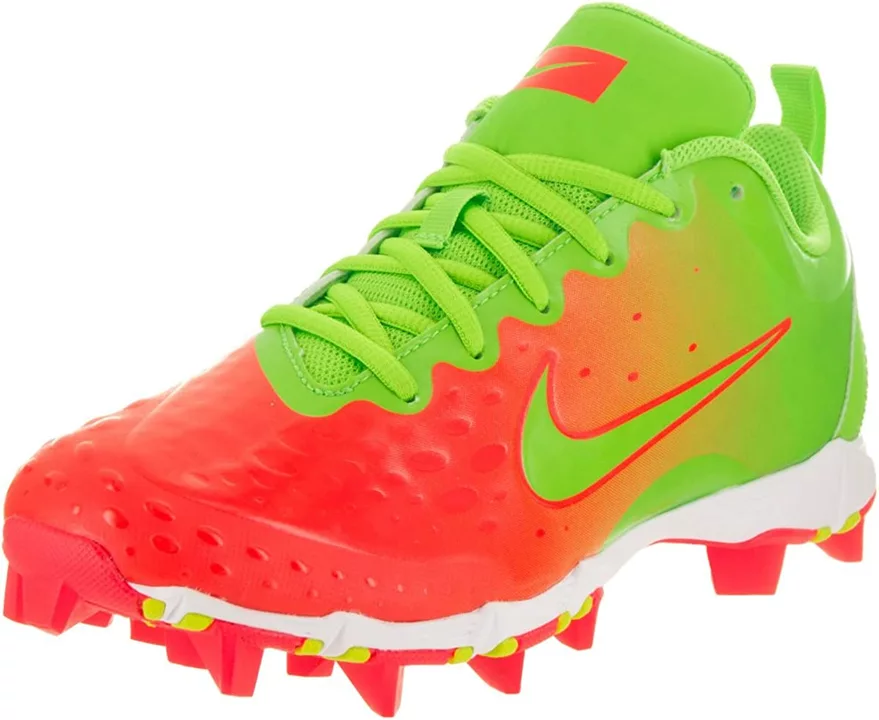Kid Soccer Guide: How to Join a Team, Play Safe, and Have Fun
Thinking about signing your child up for soccer? It’s a great way to build confidence, stay active, and make friends. The first step is figuring out which team fits their age and skill level. Look for local clubs that run age‑specific groups – most towns have a junior league that starts at under‑6.
Ask the coach about the training schedule and how many games they play each season. A balanced schedule prevents burnout and leaves room for school work. If you hear about a team that mixes boys and girls, know that many clubs keep them separate for competition but offer mixed‑gender drills for fun.
Finding the Right Team for Your Kid
Start by checking community centre notice boards or online club directories. Many clubs hold open try‑outs once a month. Encourage your child to attend, even if they’re nervous – the experience itself builds confidence.
When you visit a practice, watch how the coach interacts with the players. A good coach explains drills clearly, gives positive feedback, and keeps the session upbeat. If the coach uses harsh language or focuses only on winning, it might not be the right environment.
Don’t forget to talk to other parents. They can share insights about the club’s culture, travel commitments, and how inclusive the team feels. If your kid is a girl interested in a middle‑school team, ask about the selection process – many teams look for attitude as much as skill.
Once you’ve chosen a team, help your child prepare for the first practice. Pack a water bottle, proper socks, and a comfortable pair of shin guards. Show them how to laces their shoes securely – loose shoes lead to blisters and lost focus.
Training Tips and Staying Balanced
Regular practice is key, but at home your child can improve with simple drills. Set up a small cone course in the backyard and practice dribbling with both feet. Short, focused sessions of 10‑15 minutes work better than long, boring ones.
Speed is a hot topic in soccer. If your child is naturally fast, consider playing them on the wing or as a forward where they can exploit space. Fast players also make great full‑backs because they can chase down opponents. Talk to the coach about where the child's speed would help the team most.
Encourage a healthy routine: a balanced diet, plenty of sleep, and stretching before and after games. Simple stretches for hamstrings and calves reduce the risk of injury. If your child feels sore, a quick ice pack can soothe muscles and keep them ready for the next practice.
Playing soccer should stay fun. If your child starts to feel pressure or loses the joy, take a step back. Talk openly about how they feel and adjust training intensity if needed.
Mixed‑gender soccer is becoming more common in recreational leagues. While professional leagues keep sexes separate, mixed teams teach respect and teamwork across genders. If your child is interested, look for a co‑ed league that emphasizes skill development over competition.
Finally, celebrate small wins. Scoring a goal, completing a pass, or simply showing up every week are all milestones worth cheering. With the right team, consistent practice, and a focus on fun, your kid will grow as a player and enjoy the beautiful game for years to come.
